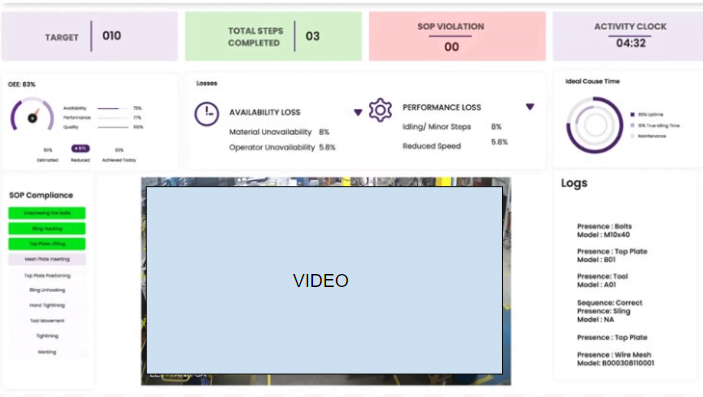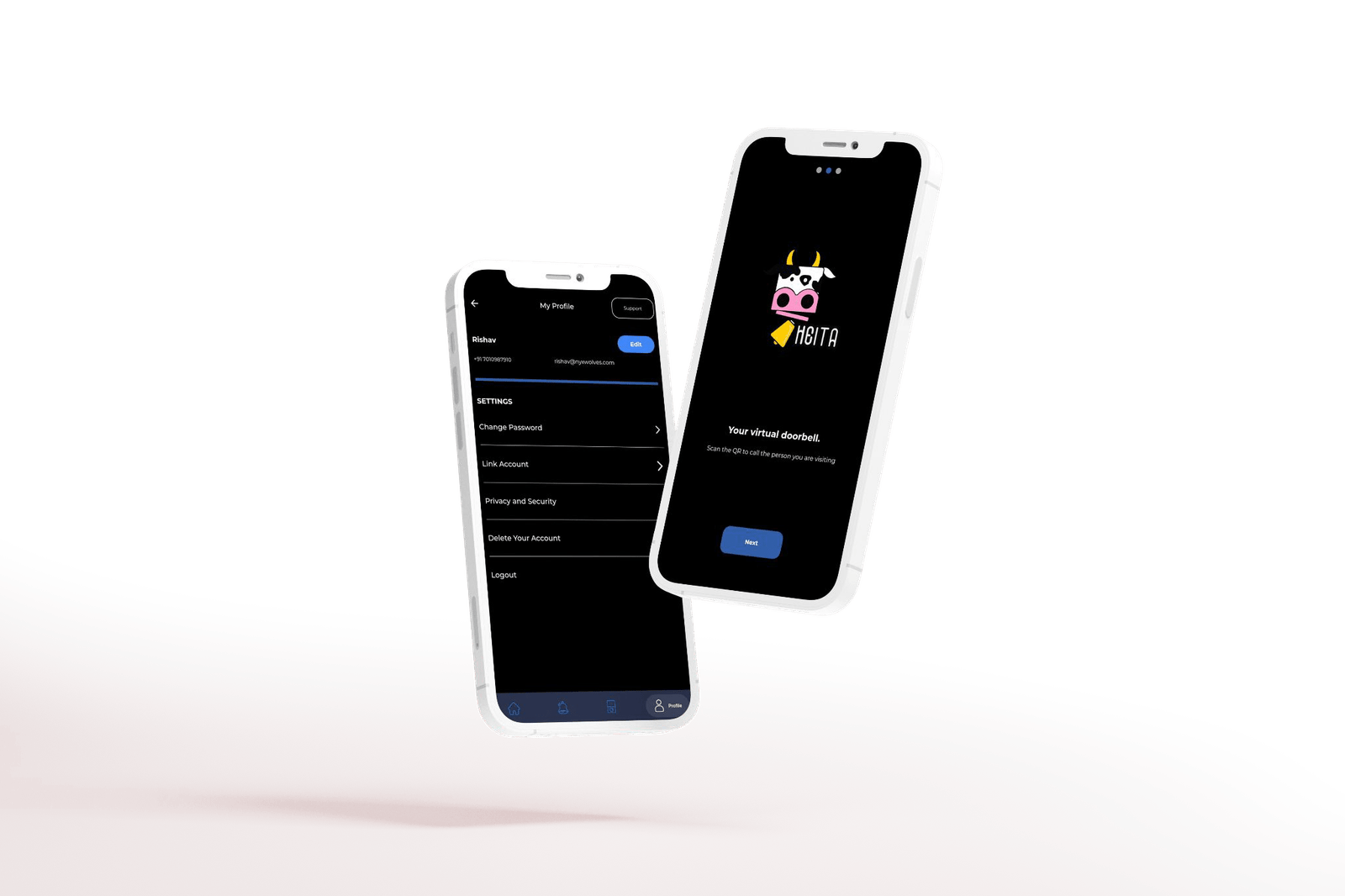As a software developer, I understand the importance of software testing. For every software development project, it is essential to ensure that the final product is of high quality and meets the requirements of the end-users. In this ultimate guide, I will take you through the different types of software testing in software engineering, their importance, and best practices to follow.
Introduction to Software Testing
Software testing is the process of evaluating a software application with the intention of identifying any defects or bugs. It involves running the software to check if it meets the specified requirements, satisfies the end-user needs, and is reliable, efficient, and maintainable.
There are various reasons why software testing is necessary. Here is why:
- It helps to identify and fix defects before the software is released to the end-users. This ensures that the final product is of high quality and meets the requirements of the end-users.
- Testing helps to reduce the cost of fixing defects. Detecting defects early in the software development process is cheaper than fixing them later.
- Software testing helps to improve the reputation of the software development company. A high-quality software product results in satisfied customers and a good reputation for the company.
Types of Testing in Software Engineering
There are numerous types of software testing in software engineering. These types can be categorized based on the testing approach, the level of testing, and the purpose of testing. In this section, I will discuss the most common types of testing in software engineering.
Functional Testing
Functional testing is a type of testing that checks whether the software application meets the specified functional requirements. It involves testing the software against the functional specifications to ensure that all the features of the application work as intended. This type of testing is usually performed manually and can be automated using various tools.
Non-Functional Testing
Non-functional testing is a type of testing that checks the non-functional aspects of the software application, such as performance, usability, reliability, and security. It involves testing the software against the non-functional requirements to ensure that the software is efficient, reliable, and secure. This type of testing is usually performed manually and can be automated using various tools.
Structural Testing
Structural testing is a type of testing that checks the structure of the software application, such as code coverage and control flow. It involves testing the software to ensure that all the code paths are executed and all the conditions are tested. This type of testing is usually performed using automated tools.
Regression Testing
Regression testing is a type of testing that checks whether the software application still works as intended after changes have been made to the software. It involves testing the software to ensure that the existing functionality is not affected by the changes made. This type of testing is usually performed manually and can be automated using various tools.
Performance Testing
Performance testing is a type of testing that checks the performance of the software application under various conditions. It involves testing the software to ensure that it can handle a large number of users, transactions, and data. This type of testing is usually performed using automated tools.
Usability Testing
Usability testing is a type of testing that checks the usability of the software application. It involves testing the software to ensure that it is easy to use, learn, and navigate. This type of testing is usually performed manually and can be automated using various tools.
Security Testing
Security testing is a type of testing that checks the security of the software application. It involves testing the software to ensure that it is secure against various types of attacks, such as SQL injection and cross-site scripting. This type of testing is usually performed using automated tools.
Acceptance Testing
Acceptance testing is a type of testing that checks whether the software application meets the acceptance criteria of the end-user. It involves testing the software against the user requirements to ensure that the software meets the requirements of the end-user. This type of testing is usually performed manually.
Exploratory Testing
Exploratory testing is a type of testing that involves exploring the software application to identify defects and bugs. It involves testing the software without any predefined test cases to ensure that all the features of the application work as intended. This type of testing is usually performed manually.
Automated Testing
Automated testing is the process of using software tools to perform software testing. It involves creating test scripts that simulate user actions and testing the software against these scripts.
Automated testing is faster and more efficient than manual testing and can be used to test large and complex software applications.
There are various types of automated testing, such as unit testing, integration testing, and system testing. Unit testing involves testing individual components of the software application, such as functions and methods.
Integration testing involves testing how the individual components of the software application work together. System testing involves testing the software application as a whole.
Common Software Testing Tools
There are various software testing tools that can be used to automate software testing. These tools make the testing process faster, more efficient, and more accurate. Some of the most common software testing tools include:
Selenium
Selenium is an open-source software testing tool that is used to automate web applications. It supports various programming languages, such as Java, Python, and Ruby, and can be used to test web applications on various browsers.
JUnit
JUnit is an open-source software testing tool that is used to automate unit testing in Java. It provides a framework for writing test cases and running them against the software application.
TestNG
TestNG is an open-source software testing tool that is used to automate unit testing in Java. It provides advanced features, such as test configuration, grouping, and parallel testing.
Cucumber
Cucumber is an open-source software testing tool that is used to automate acceptance testing. It supports various programming languages, such as Java, Ruby, and Python, and can be used to test software applications against user requirements.
LoadRunner
LoadRunner is a commercial software testing tool that is used to automate performance testing. It can be used to simulate a large number of users and transactions and test the performance of the software application.
Choosing the Right Type of Testing for Your Project
Choosing the right type of testing for your project is essential to ensure that the software application meets the requirements of the end-user. There are various factors to consider when choosing the type of testing, such as:
- Type of software application
- Complexity of the software application
- Budget for testing
For instance, if you are developing a web application, you may need to perform functional testing, usability testing, and security testing. If you are developing a mobile application, you may need to perform functional testing, usability testing, and performance testing.
Best Practices for Software Testing
To ensure that the software application is of high quality, it is essential to follow best practices for software testing. Some of the best practices for software testing include:
Test Early and Often
Testing early and often is essential to ensure that defects are detected and fixed early in the software development process. This helps to reduce the cost of fixing defects and ensures that the final product is of high quality.
Use Test Cases
Using test cases is essential to ensure that all the features of the software application are tested. Test cases provide a framework for testing and ensure that the testing is consistent and thorough.
Automate Testing
Automating testing is essential to ensure that the testing process is fast, efficient, and accurate. Automated testing can be used to test large and complex software applications and can be used to test the software under various conditions.
Use Realistic Test Data
Using realistic test data is essential to ensure that the software application is tested under real-world conditions. Realistic test data helps to identify defects that may not be detected using artificial test data.
Challenges in Software Testing
There are various challenges in software testing, such as:
Lack of Test Coverage
Lack of test coverage is a common challenge in software testing. It occurs when certain features of the software application are not tested. This can result in defects and bugs that may affect the quality of the software application.
Changing Requirements
Changing requirements is another challenge in software testing. It occurs when the requirements of the software application change during the software development process. This can result in defects and bugs that may affect the quality of the software application.
Limited Budget
Limited budget is also a challenge in software testing. It occurs when the budget for testing is limited. This can result in inadequate testing, which may affect the quality of the software application.
Future of Software Testing
The future of software testing is bright. With the advancements in technology, software testing is becoming faster, more efficient, and more accurate. In the future, we can expect to see more automated testing, more AI-based testing tools, and more testing in the cloud.
Conclusion
In conclusion, software testing is an essential part of software development. It helps to ensure that the final product is of high quality and meets the requirements of the end-user.
There are various types of testing in software engineering, and choosing the right type of testing for your project is essential. By following best practices for software testing and using the right software testing tools, you can ensure that the software application is of high quality and meets the requirements of the end-user.
Contact Nyx Wolves or comment below to share your ideas on this.



